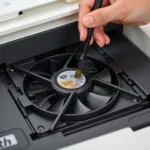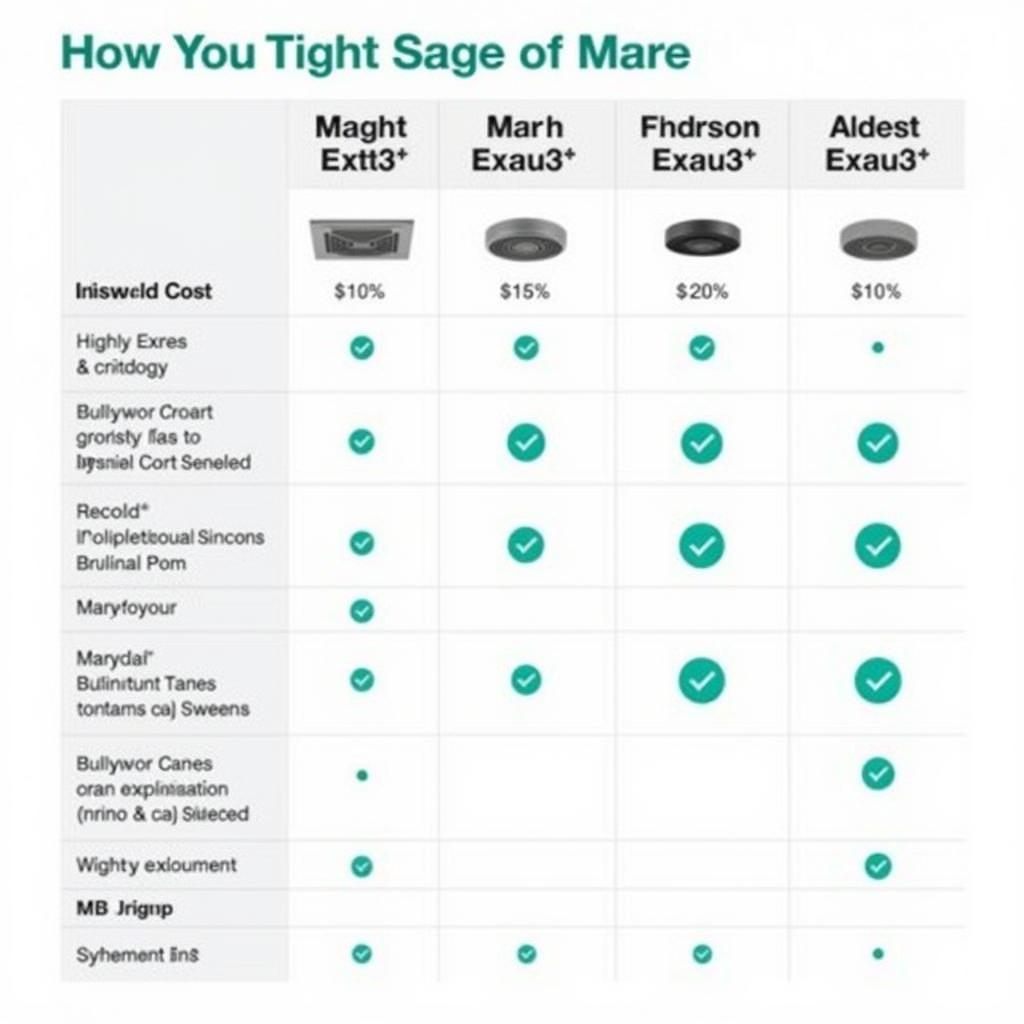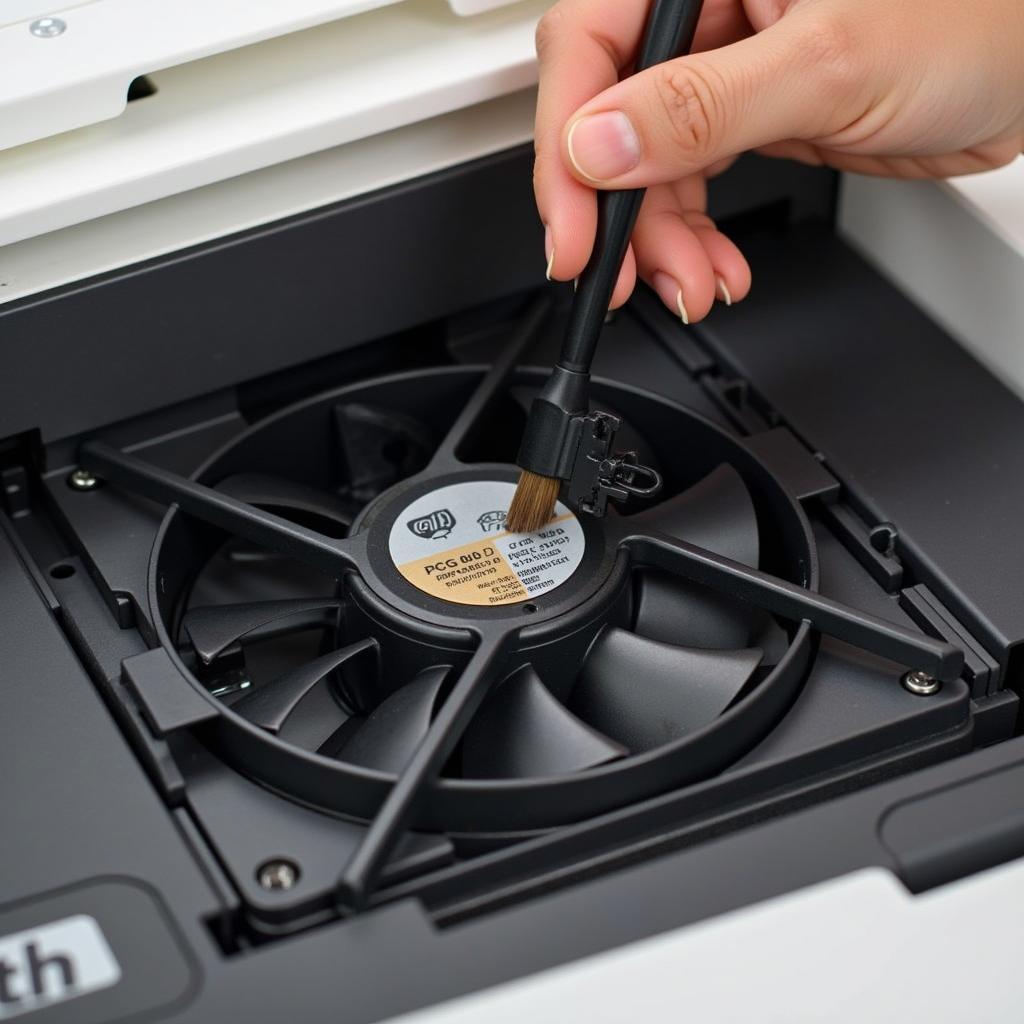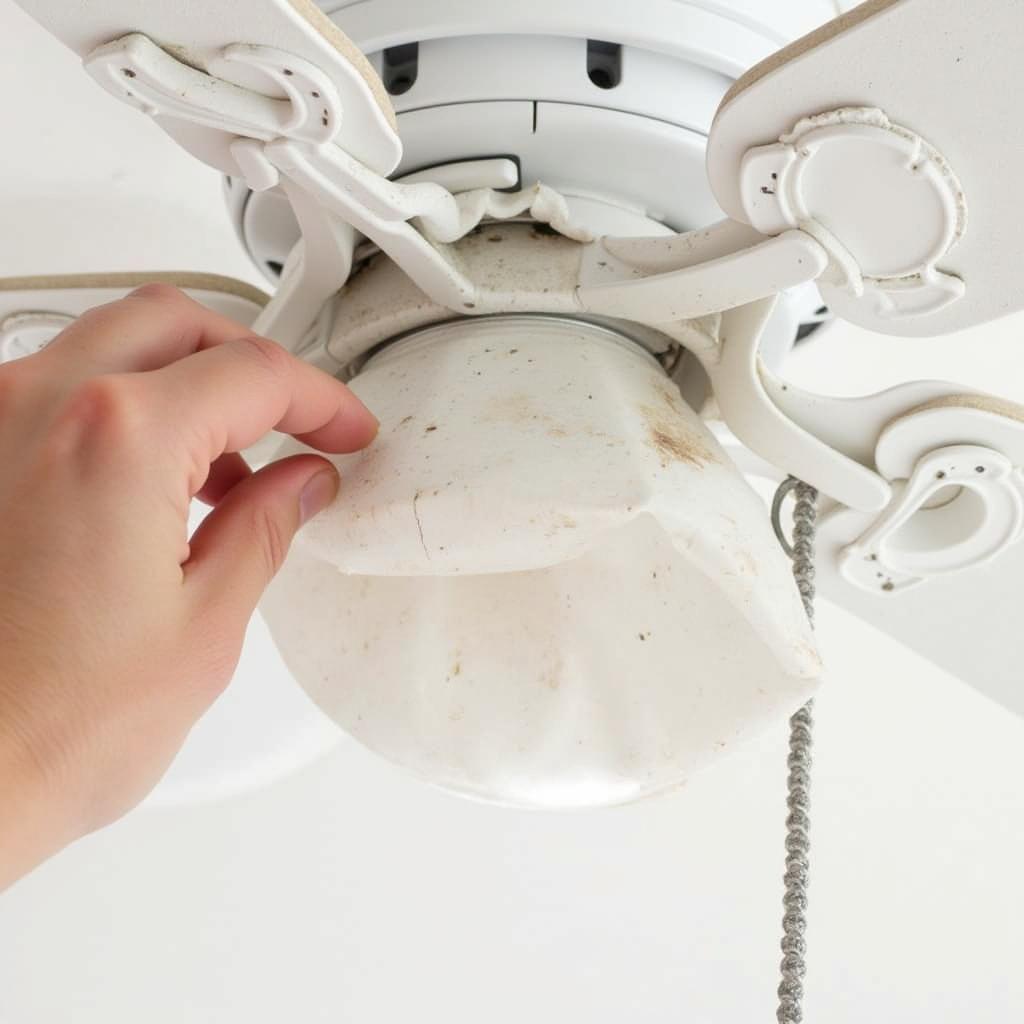The world of computer hardware is filled with countless components, each with its own unique role in powering your digital life. Among these components, fans play a crucial role in keeping your system cool and running smoothly. With the increasing demand for powerful processors like the Intel Core i9, the need for efficient cooling solutions has become paramount. One popular choice for CPU cooling is the 12cm fan.
What is a 12cm Fan?
A 12cm fan, as the name suggests, is a cooling fan with a diameter of 12 centimeters. It’s commonly used for various purposes within a computer system, including CPU cooling, case cooling, and even GPU cooling. 12cm fans are known for their balance of performance and noise levels, making them a popular choice for both enthusiasts and casual users.
Why Choose a 12cm Fan for Your CPU?
While there are other fan sizes available, 12cm fans are widely considered the go-to choice for CPU cooling due to several factors:
- Optimal Airflow: 12cm fans provide a good balance of airflow and static pressure, crucial for efficient heat dissipation from your CPU.
- Wide Compatibility: 12cm fans are highly compatible with most CPU coolers, both air coolers and liquid coolers.
- Variety of Options: The market offers a wide range of 12cm fans with varying features, such as RPM, noise levels, and RGB lighting, allowing you to choose the best fit for your needs.
Factors to Consider When Choosing a 12cm Fan for Your CPU
Choosing the right 12cm fan for your CPU is crucial for optimal cooling performance and a quiet computing experience. Here are some key factors to consider:
1. RPM (Revolutions Per Minute)
RPM refers to the fan’s speed, which directly impacts airflow and noise levels. Higher RPMs generally mean more airflow but also increased noise. Consider your system’s cooling requirements and desired noise level.
2. Static Pressure
Static pressure is the ability of a fan to push air through resistance, like a heatsink. Higher static pressure is essential for effective CPU cooling as it helps the fan push air through the dense fins of a heatsink.
3. Noise Levels
Noise levels are measured in decibels (dB). While higher RPM fans provide greater airflow, they also tend to be louder. Choose a fan that balances performance with acceptable noise levels for your environment.
4. Bearing Type
Bearing type influences a fan’s lifespan and noise levels. Common types include:
- Sleeve Bearings: These are the most common and often the most affordable, but they tend to have shorter lifespans and generate more noise.
- Ball Bearings: Ball bearings are more durable and quieter than sleeve bearings, but they also come at a higher cost.
5. Features
Modern 12cm fans offer a range of features, including RGB lighting, PWM control for automatic speed adjustment, and even addressable RGB for customizable lighting effects. Consider these features based on your preferences and system aesthetics.
How to Install a 12cm Fan for Your CPU
Installing a 12cm fan for your CPU is relatively straightforward, but it’s essential to follow the proper steps to ensure proper airflow and avoid damaging your system.
1. Consult Your Cooler Manual
Your CPU cooler will come with instructions specific to its installation. Refer to these instructions for accurate guidance.
2. Disassemble the Cooler
Carefully remove the cooler’s mounting bracket, fan, and heatsink following the manufacturer’s guidelines.
3. Install the 12cm Fan
Mount the new 12cm fan onto the cooler bracket. Ensure the fan blades are positioned correctly and the mounting screws are tightened securely.
4. Reassemble the Cooler
Place the heatsink back onto the CPU and secure it using the cooler’s mounting bracket. Double-check that the cooler is properly mounted and all screws are tightened.
5. Test Your System
Power on your system and monitor the temperature of your CPU. If the CPU temperature is significantly lower than before, your 12cm fan installation was successful.
Top 12cm Fans for CPU Cooling
The market is saturated with high-quality 12cm fans, so choosing the right one for your CPU can be challenging. Here are a few highly-regarded options from reputable brands:
- Noctua NH-D15: This is a popular choice for enthusiasts seeking a balance of performance, noise, and aesthetics.
- Arctic Freezer 34 Esports Duo: A more affordable option that still delivers strong performance and a compact design.
- Scythe Mugen 5 Rev. B: Another budget-friendly option that offers exceptional cooling performance for its price.
Frequently Asked Questions (FAQ)
Q: What is the best RPM for a 12cm CPU fan?
A: The optimal RPM varies depending on your system’s cooling needs and noise tolerance. Aim for a fan with an RPM range that provides adequate airflow without being excessively loud.
Q: Can I use a 12cm fan for my GPU cooling?
A: Yes, you can use a 12cm fan for GPU cooling, but make sure it’s compatible with your GPU cooler.
Q: How often should I replace my CPU fan?
A: The lifespan of a 12cm fan can vary depending on the bearing type and usage. It’s generally recommended to replace a fan every 3-5 years, although some fans can last much longer.
Q: Can I use a 14cm fan for my CPU cooling?
A: While 14cm fans offer higher airflow, they may not fit all CPU coolers. Check the compatibility of your cooler before purchasing a 14cm fan.
Conclusion
Choosing the right 12cm fan for your CPU can significantly improve your system’s performance, stability, and longevity. By considering factors such as RPM, static pressure, noise levels, and features, you can find a fan that delivers optimal cooling without sacrificing your peace of mind. Remember to always prioritize quality, compatibility, and reliability when selecting a 12cm fan for your CPU cooling needs.
For assistance with choosing or installing your 12cm fan, feel free to contact us at Fans Bóng Đá. We are happy to provide expert advice and support for all your computer hardware needs.









